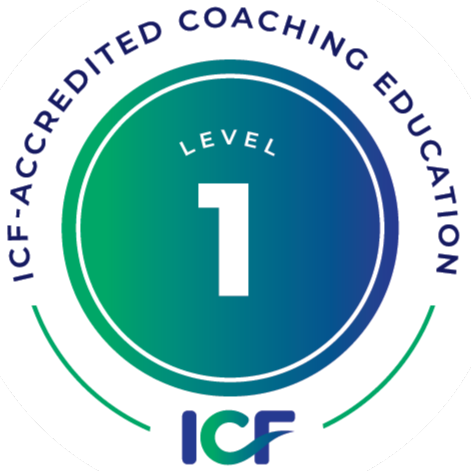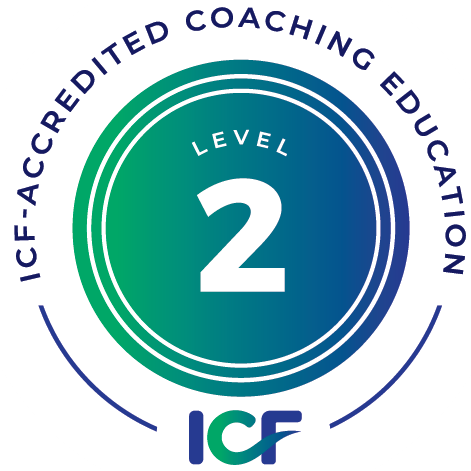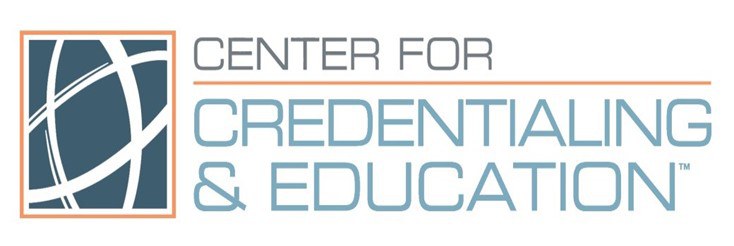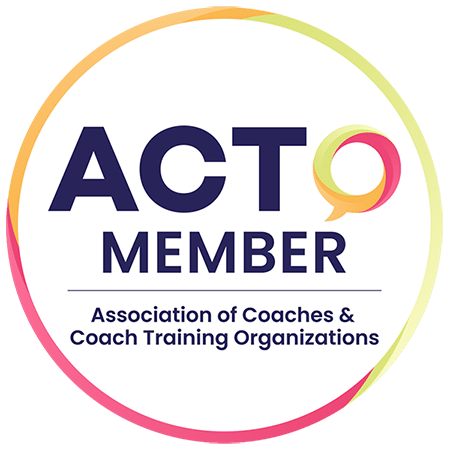
By: Elizabeth Saigal, Ph.D. CLC
Each of us develops ways of interacting that give us a sense of control. These behaviors and associated attitudes are developed for perceived safety. They become automatic and prevent us from expressing more empowering, conscious, and balanced responses based on the current needs of the situation rather than our history. These patterns are challenging to overcome precisely because of the fear that they invoke. This fear arises from the apparent loss of control and the related risk of engaging in new behaviors.
The best way to get to the bottom of the patterns of control we exhibit is to examine the predominant voices of judgment and criticism. What are the themes that show up when we find fault with ourselves, others, or our circumstances? Clues to judgment patterns can be found in the following:
- The voice that tells you what you should, shouldn’t or ought to be doing.
- The way you complete the stem ‘I can’t …’
- How you respond to ‘What is wrong with you’, ‘What is wrong with me’ or ‘What is wrong with this situation’ or ‘I will be happy when …’ or ‘I will like you when …’
- The specific context of disappointment, anger, guilt, shame, or anxiety.
Each of these puts in place boundaries and conditions that may not, on deeper reflection, actually serve the kind of person you really want to be.
When coaching, pay particular attention when any of these clues crop up in conversation and ask permission to examine them in more depth. They provide enormous opportunity for insight and personal growth. Useful questions for further discovery include anything that might be associated. Such as:
- When do these thoughts arise?
- How do you experience them in your body?
- What would it be like to be free of them?
- What would you like to have as a mindset instead?
- What is the gift hidden inside these experiences?
Exploring all these links connects your client to their inner wisdom rather than habitual scripts. Once you open the door to these possibilities, they become empowered by choice. They do not have to respond automatically from a constrained repertoire, but can respond from a place of awareness and objectivity. This may not happen overnight and time may be needed to experiment with new ways of being. You can support your clients with an invitation to take on practices that aid with establishing new models. These include affirmations based on their preferred mindset, breath work and body scanning to curtail automatic responses, and meditation to accept and forgive and be compassionate with the elements that they have identified as limiting their potential.
There are many ways in which judgments patterns can provide you with a scaffold from which to operate. Indeed you may identify several that appear to offer support such as being a Stickler, Over-achiever, Worrywart, Silver-liner, Pleaser, Victim, Robot, Fidget or Negotiator. In my next post, I will cover these nine major judgment patterns to look out for in conversations with clients and the attributions that sustain them.

Elizabeth Saigal is an ILCT Certified Life Coach. She offers Life Design Coaching for those intent on connecting with their inner truth and aligning with their intuition to live a life on purpose. You can connect with her and sign up to receive her Free Ten Step Life Design System at www.myspirecoaching.com




